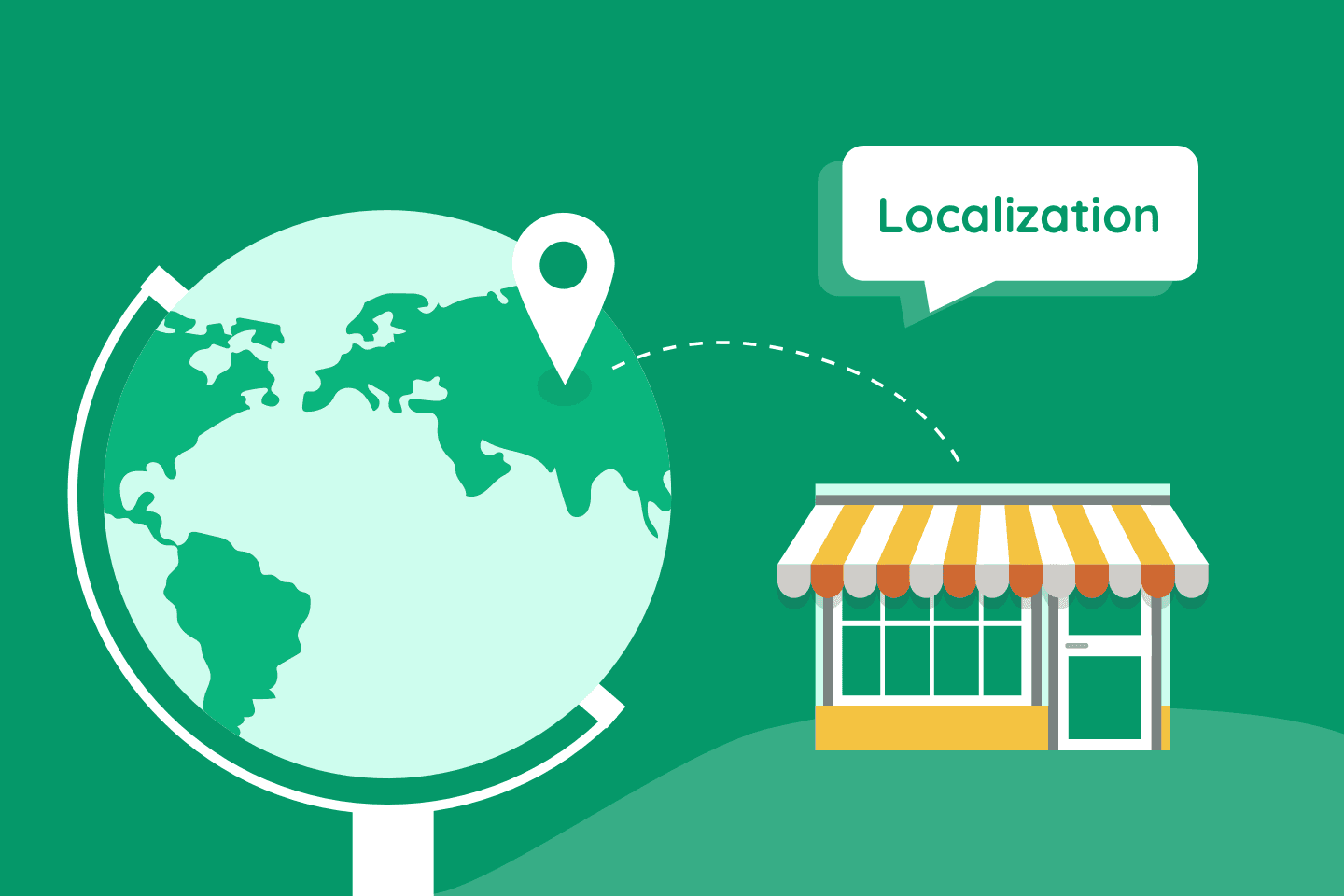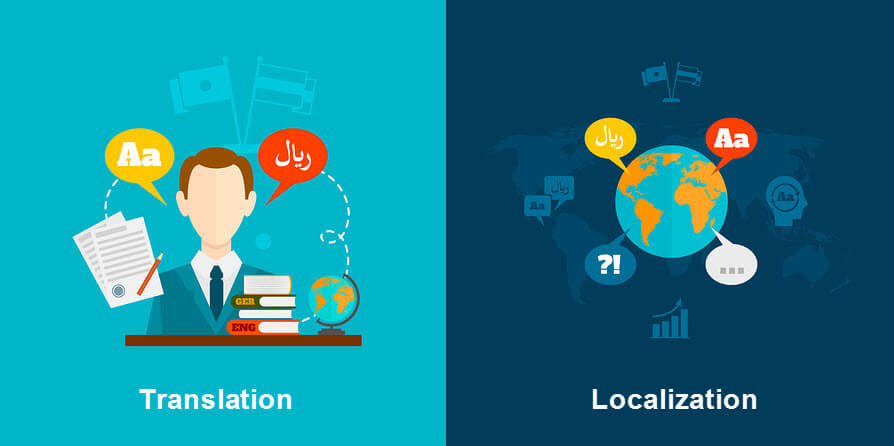What is Localization? Why Localization is Essential for Global Business?
eCommerce
Your e-commerce store will most likely expand into new markets and segments as it grows and evolves. After all, limiting your business to your home country is tantamount to selling yourself short and leaving money on the table.
Customers all over the world expect to be able to access a wide range of products and information, preferably in their native language, and not just when they need it. If you sell these goods, services, or solutions, your company must be prepared to navigate these global landscapes and provide global users with unique and tailored local experiences.
Now, here’s where Localization comes into play. Today, we’ll dive into what localization is? And everything else you need to know about it.
Start your Shopify 14-day trial with FireApps
Did you know Shopify is now accounting for 20% of the e-commerce business.
Over 2200 merchants open their Shopify store everyday and 50% of them have a repeat purchase. Join them today!

What is Localization?
In a nutshell, the process of adapting content, products, and services to specific local markets is known as localization.
Localization entails more than just text translation. While translation is the practice of converting a text from one language to another while retaining its meaning, localization encompasses a much broader range of activities. Localization may include, among other things, changes to images or colors, formatting, UI or design, and even payment methods.

The incorporation of local culture into international business should be the primary goal of any localization process. Localization can include all of the following elements:
- Translation of the text from the original language into the target language
- Adapting the design and layout to accommodate the translated text
- Adapting content to the tastes, cultural aspects, and consumption habits of other markets
- Adapting to local regulations and legal responsibilities
- Changing colors and graphics to appeal to a specific market
- Adapting to local requirements (such as currencies and units of measure)
- Using proper local formats, for example, for dates, addresses, punctuation, symbols, and phone numbers
Localization’s goal is to give a product the appearance and feel of being created for the target market while avoiding or minimizing local sensitivities.
What is the purpose of localization? Why is localization important?
To remain relevant in the global sphere, you must be able to effectively communicate with your audiences. If you plan to take your company global, localization will be critical to its success. Here are five advantages to incorporating localization into your business strategy.
2.1. Entering new markets
You may face a number of challenges when launching your business in the global marketplace. Legal issues, logistical difficulties, and cultural and communication barriers can all stymie your progress.

While localization cannot remove all of these impediments, it can certainly help you overcome cultural barriers and avoid potential cultural faux pas that could harm your brand’s image. With a good localization strategy, your company can gain traction in a new market much faster, and if done correctly, you can avoid embarrassing translation blunders.
2.2. Competitive edge

We’ve identified 2 competitive advantages:
- Local competitors: It can be difficult to compete with companies that are native to the local market. Local businesses may be able to gain the trust of their target audience much more easily than an outsider. Localization will contribute to a more level playing field.
- Global competitors: If your competitors’ products aren’t being localized, you’ll have a clear advantage and will be able to establish a strong foothold in the new market.
2.3. Improved customer experience
You must keep those customers happy once you have them! Customer experience is critical today, especially if millennials make up a sizable portion of your customer base. If you localize your documentation, blog posts, FAQs, eBooks, guides, reports, and customer support, you’ll be well on your way to meeting each client’s specific needs.

Also, keep in mind that satisfied customers will tell others about you and your product. They’ll give you positive feedback and tell their friends about you. They’ll be the ones who build and maintain your community, and nothing beats real users raving about you online and in all of your markets.
2.4. Customer loyalty
If you give your customers a positive customer experience, you will begin to gain their trust, which is essential for brand loyalty. Communicating in your customers’ native language and tailoring your product to their needs will help you gain their trust. Customers who are pleased with your product will be loyal to your brand and are more likely to become true advocates.

2.5. Increased revenue
We’ve gone over this before, so we won’t go over it again. Basically, if your revenue has been stagnant for a long time, entering a new market (and exposing your brand to new customers) is a great way to boost it.
Translation vs Localization: Is There A Difference?
Translation is an important component of localization, but it is not the same as localization. Translation and localization are not the same things. In the case of purchasing computer parts from Chinese companies, a Chinese website could be translated into English. However, if the layout remained optimized for Chinese characters and the majority of the products on the homepage were not available for shipping to the United States, you would be forced to look elsewhere for your business.

Translation is the process of reworking text from one language into another while retaining the original message and communication. It is a word-for-word translation. Today, there are two types of translation: formal and informal.
- Machine translation is a fast and low-cost way to translate different language pairs, with results delivered in minutes or seconds.
- For complex or specialized projects such as international SEO or subtitles, professional translators provide high-quality translations as well as in-depth cultural nuance.
While translation simply involves converting written words from one language to another, localization goes a step further by investigating a region’s culture and the related nuance in language as it relates to that culture.
Localization is necessary to go global
If you want to expand globally, incorporating localization into your business strategy will help you overcome cultural barriers and enter new markets more easily. But the job isn’t done. Understanding the importance of localization is just the beginning



Leave a Reply